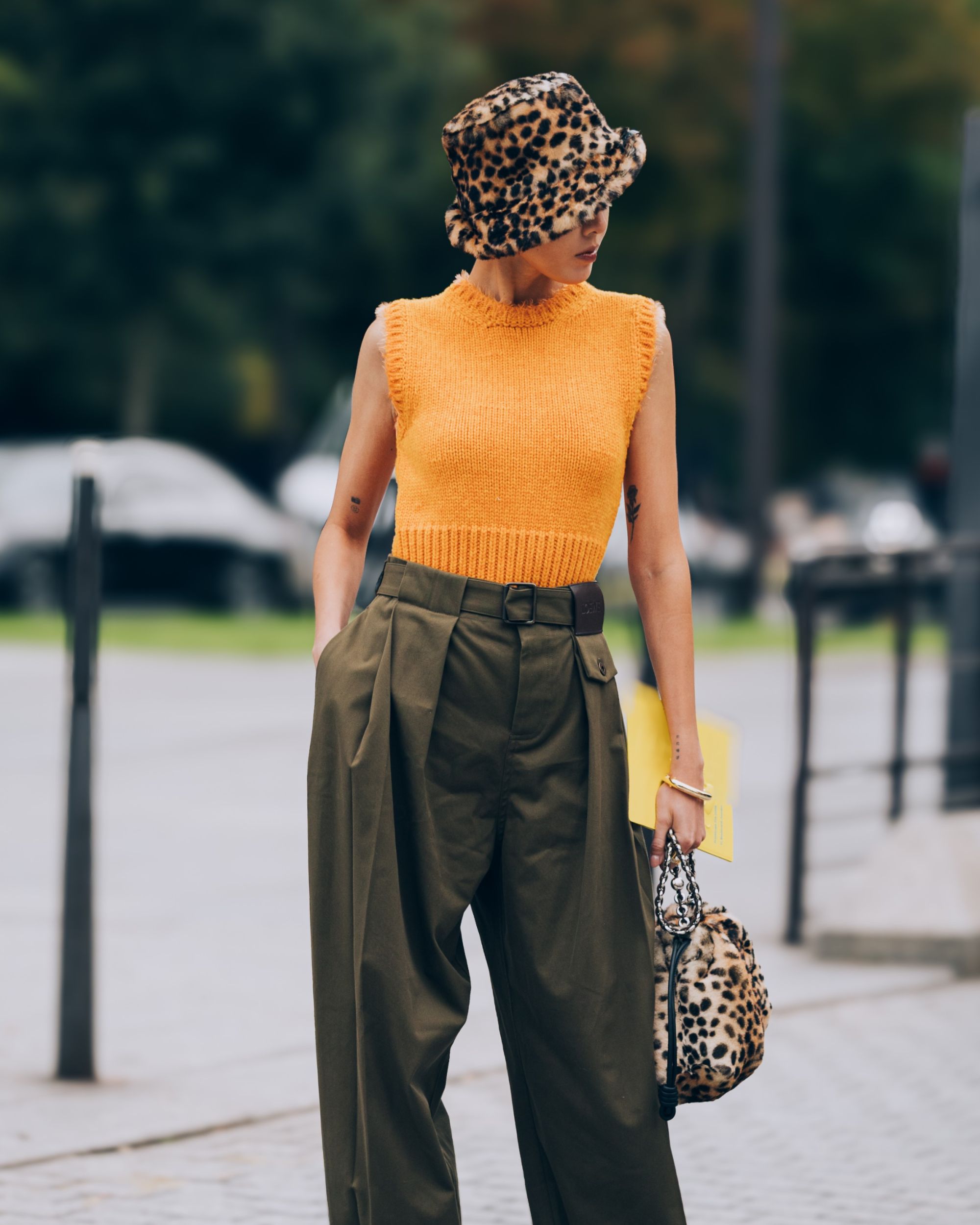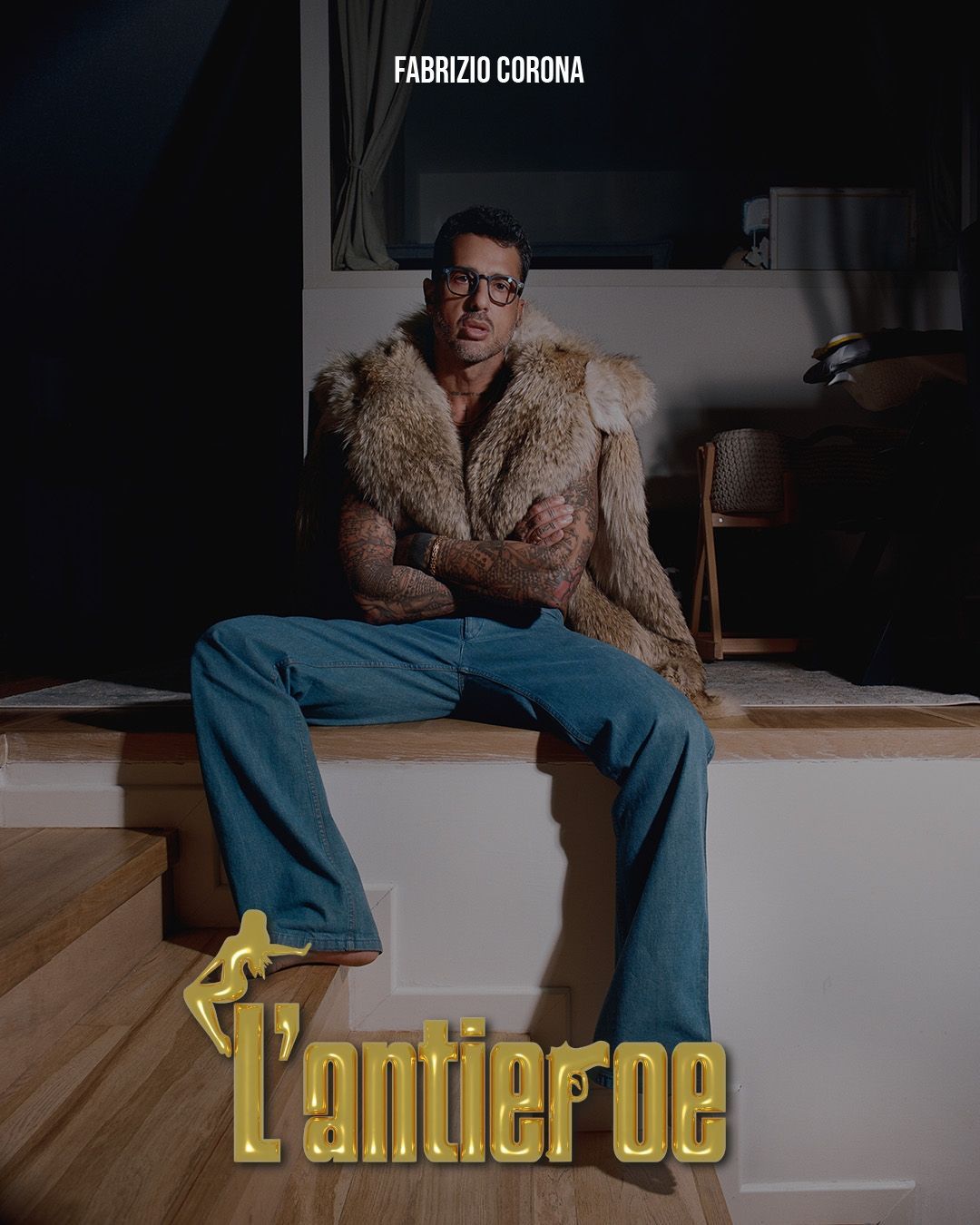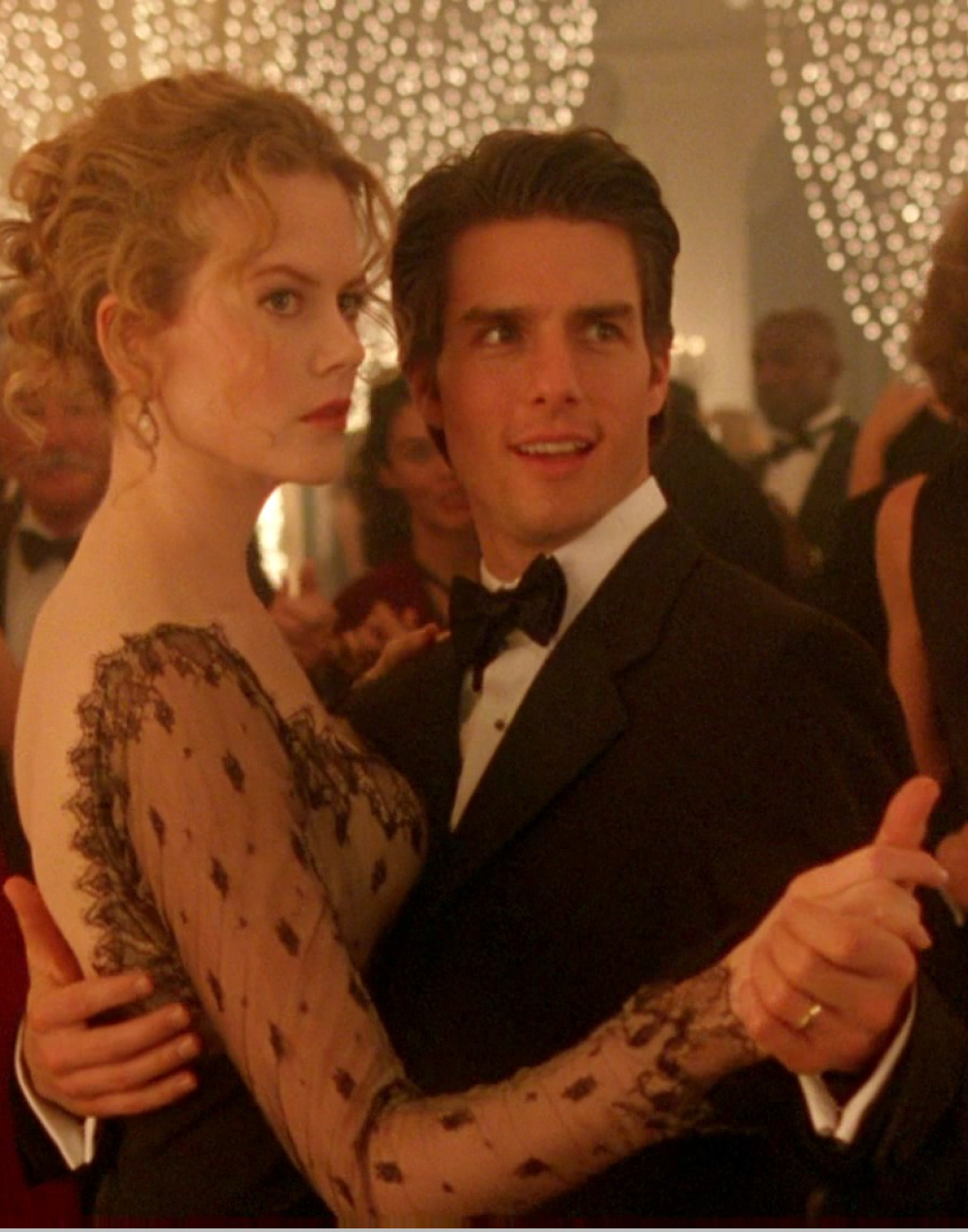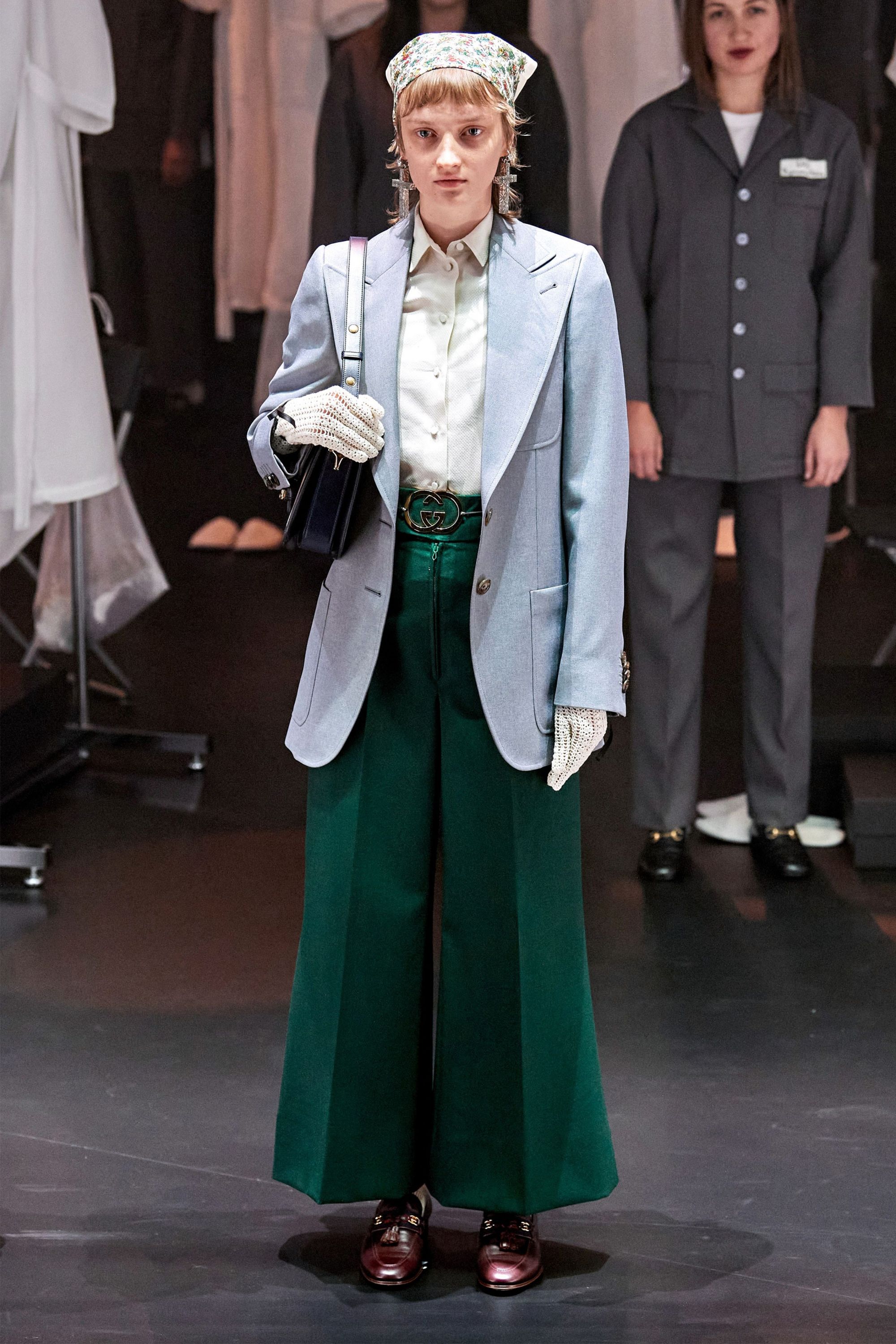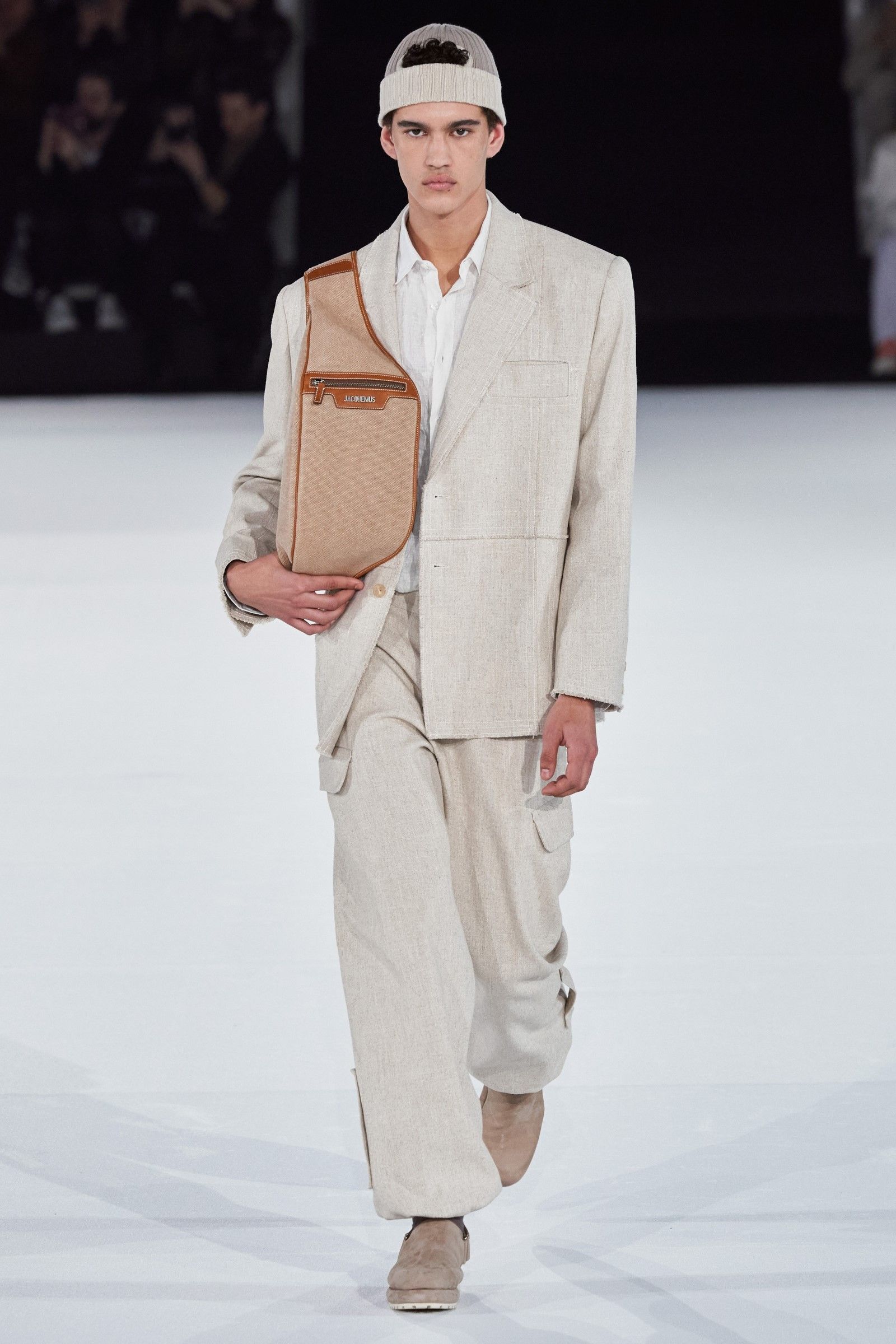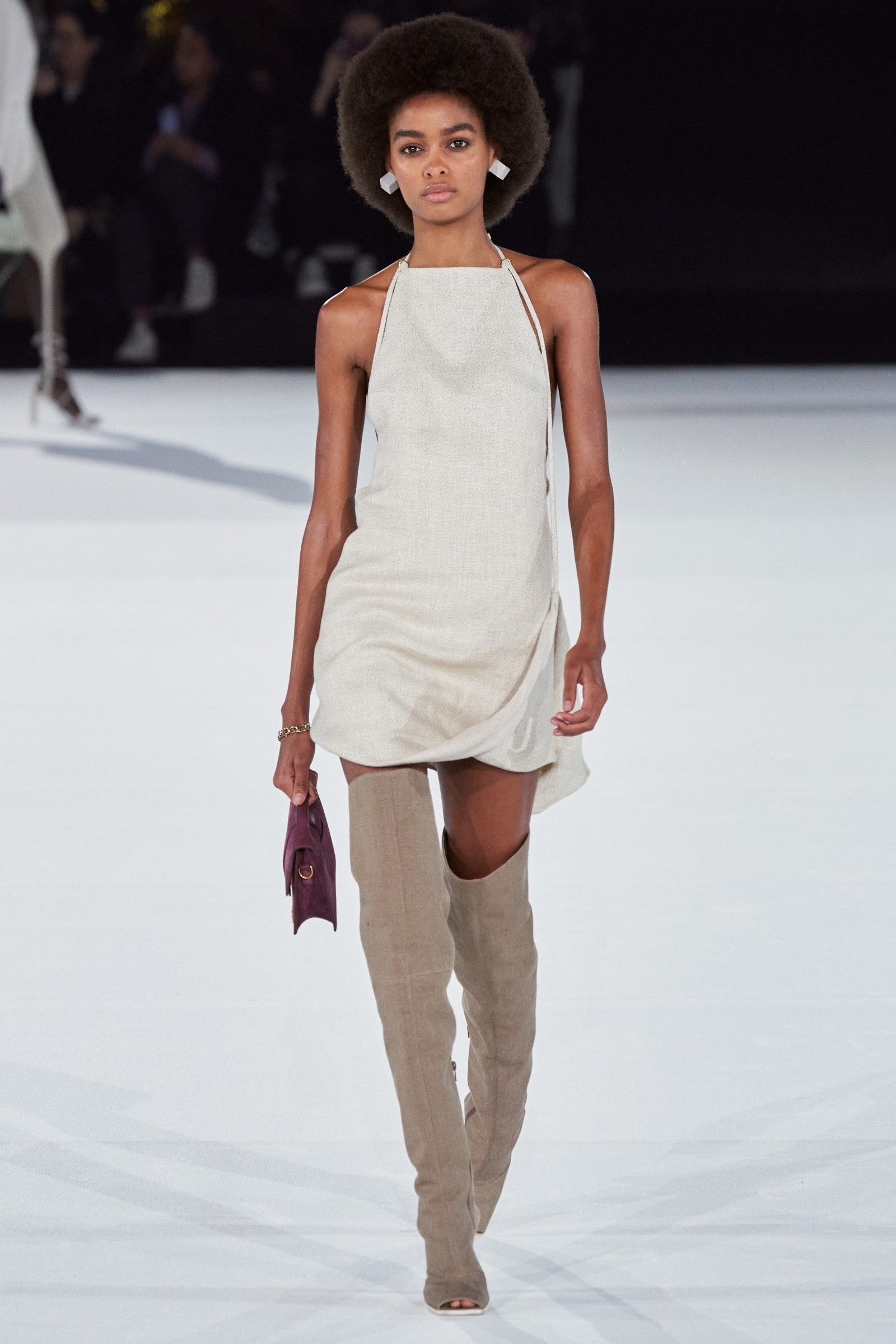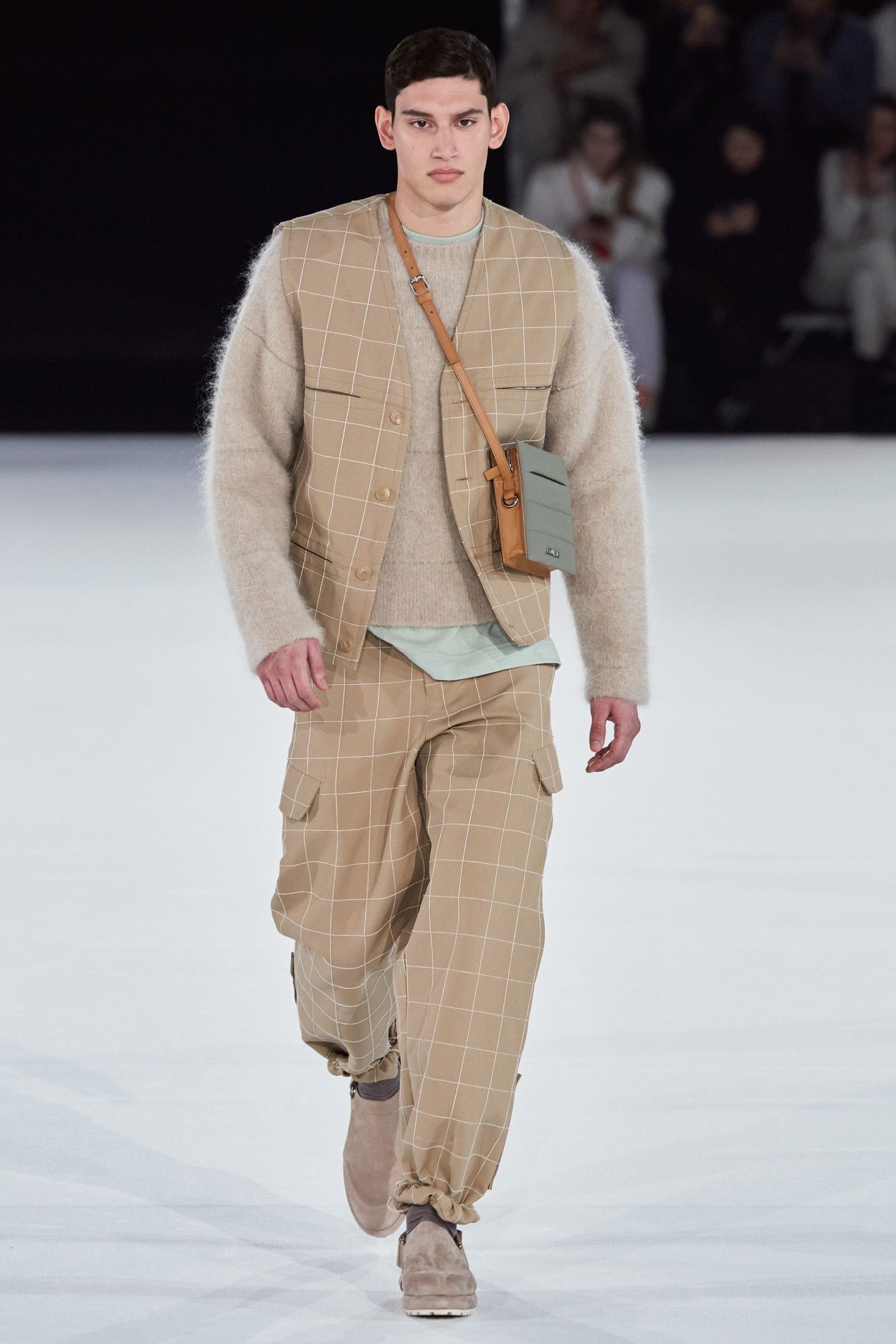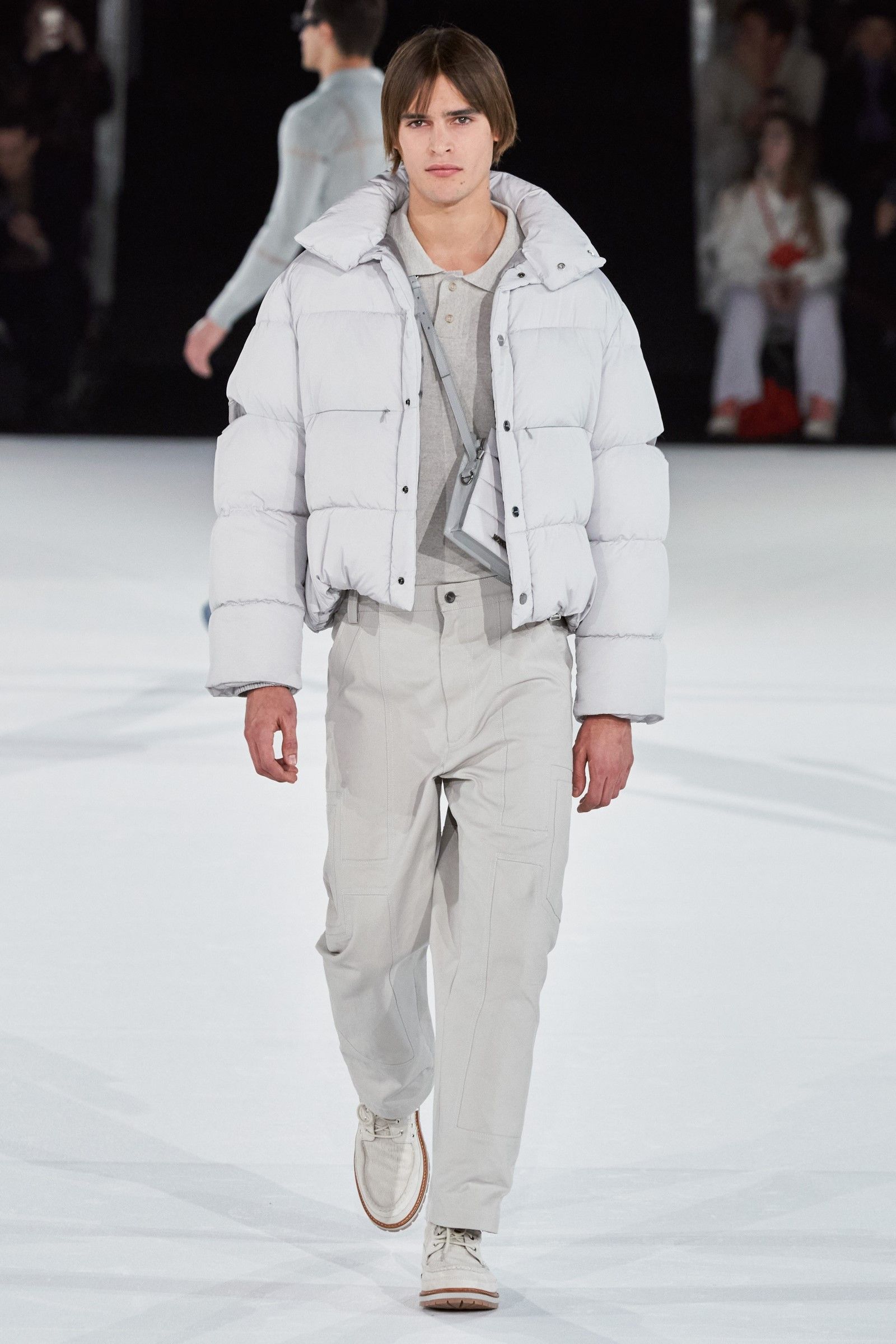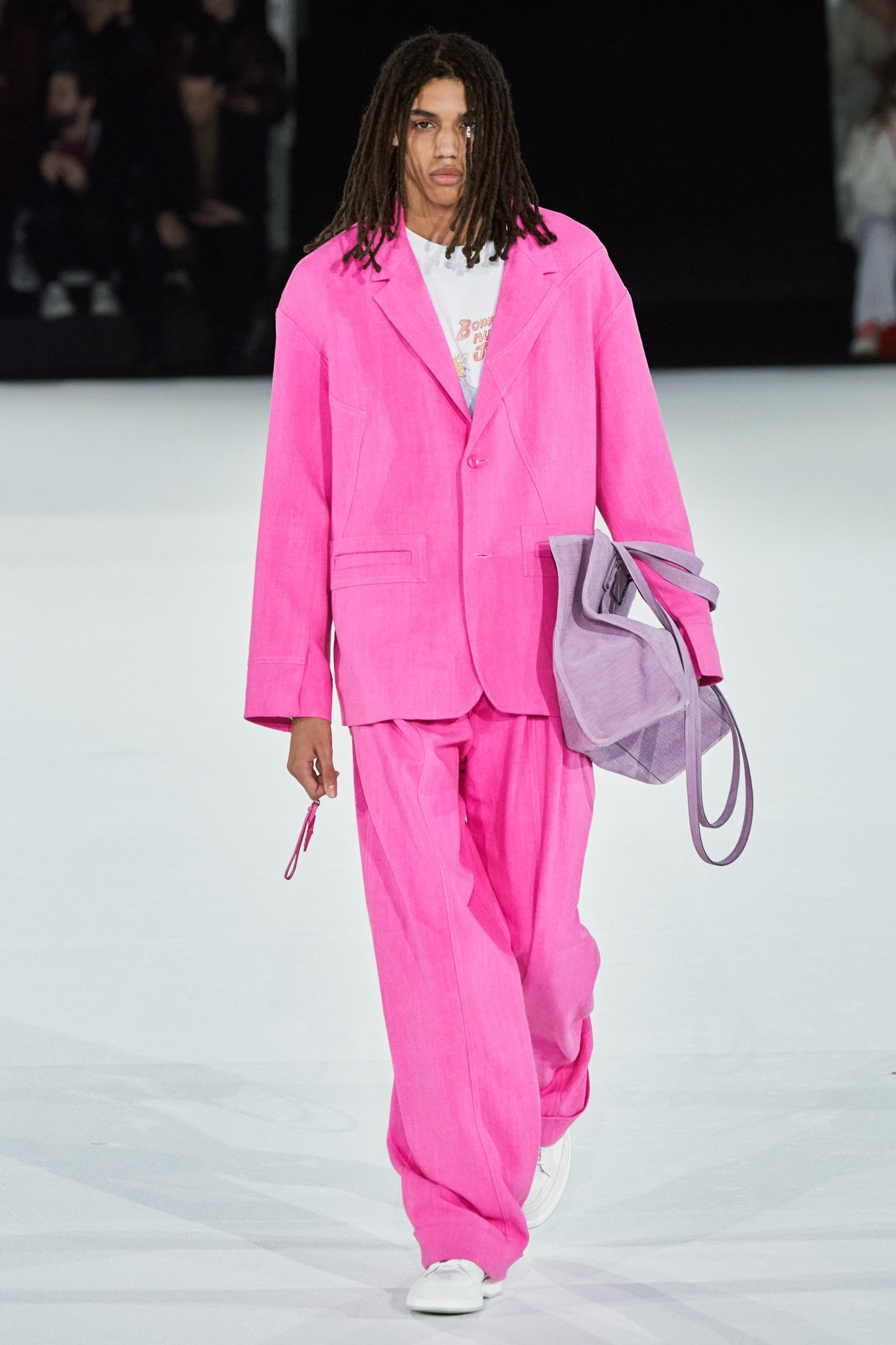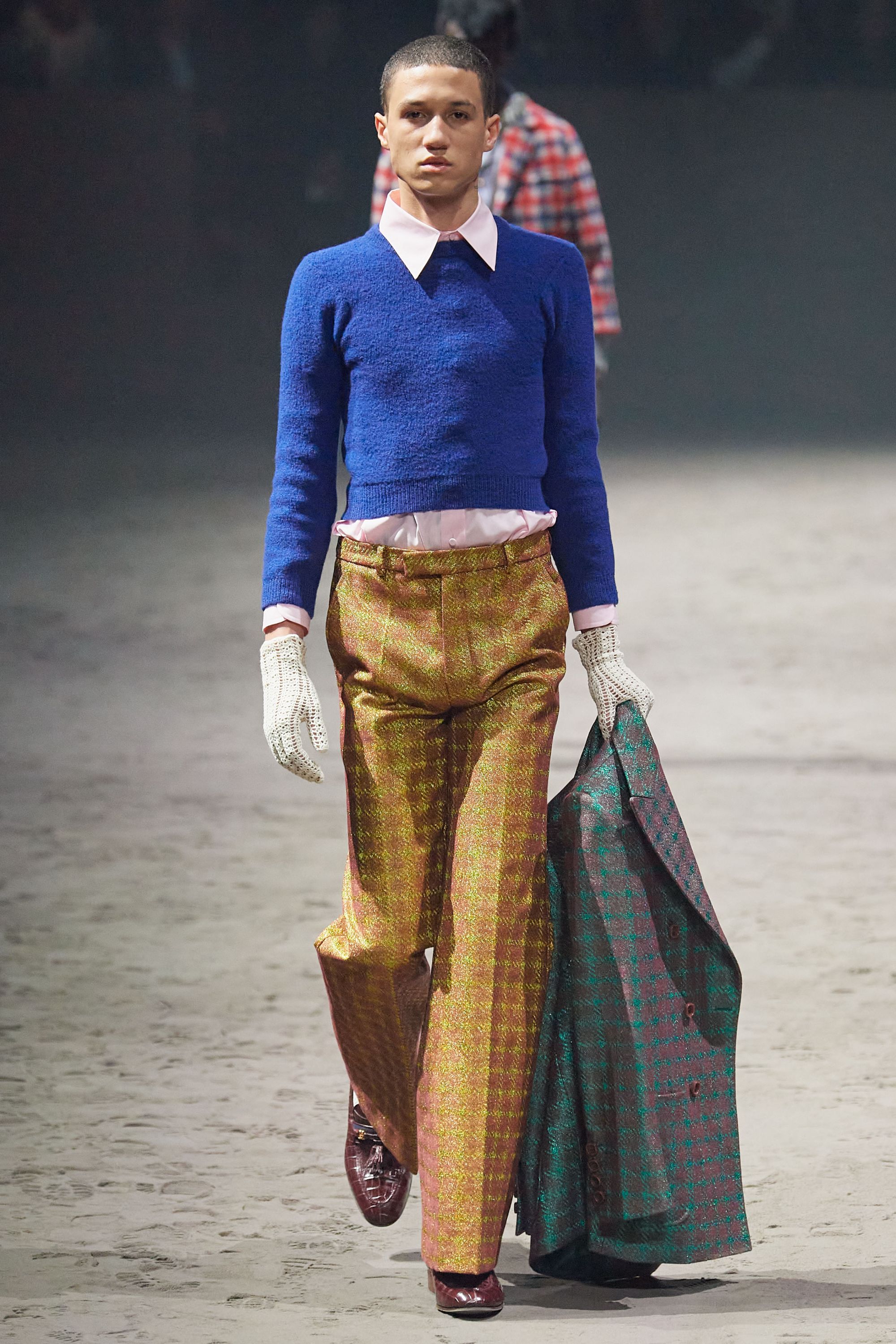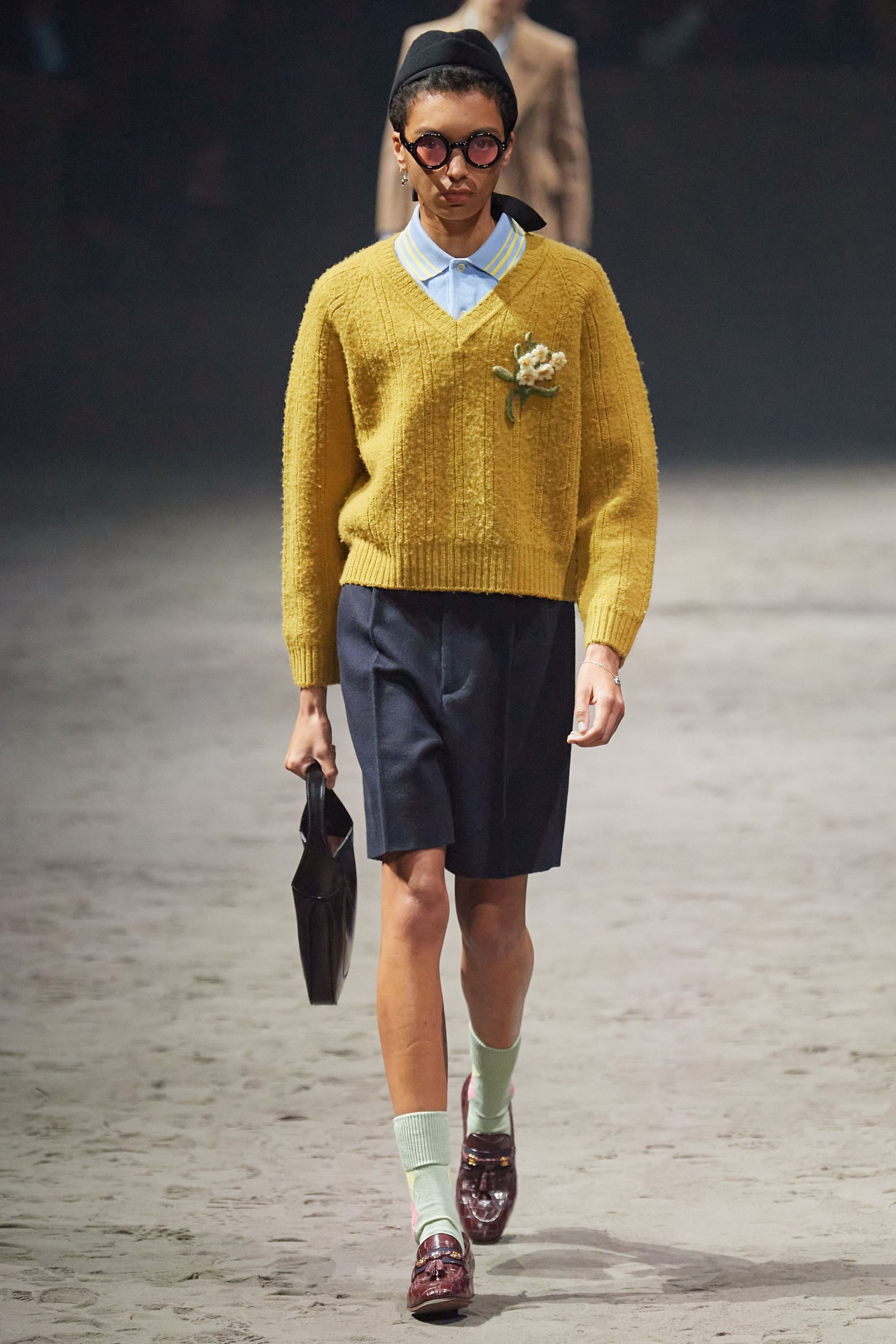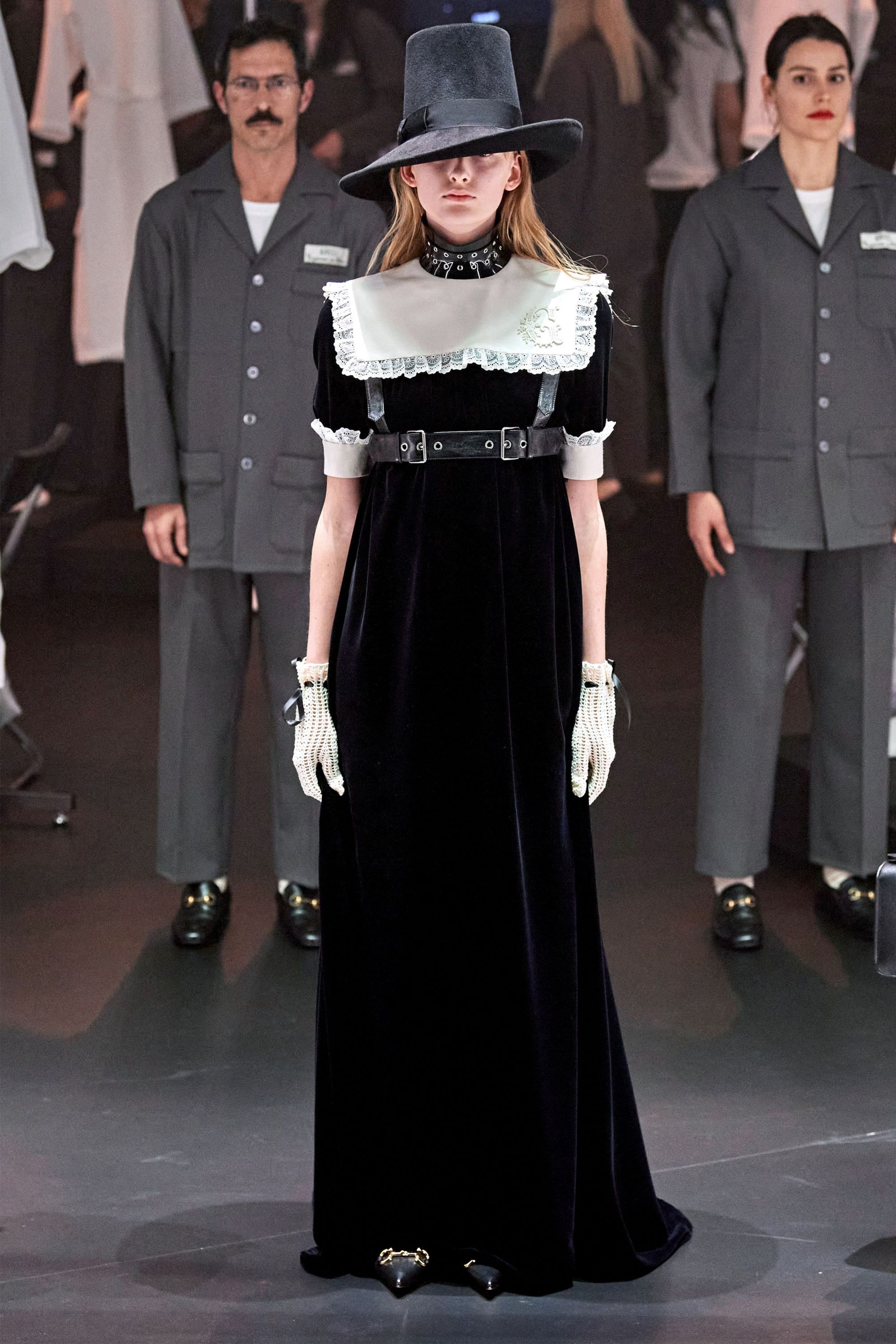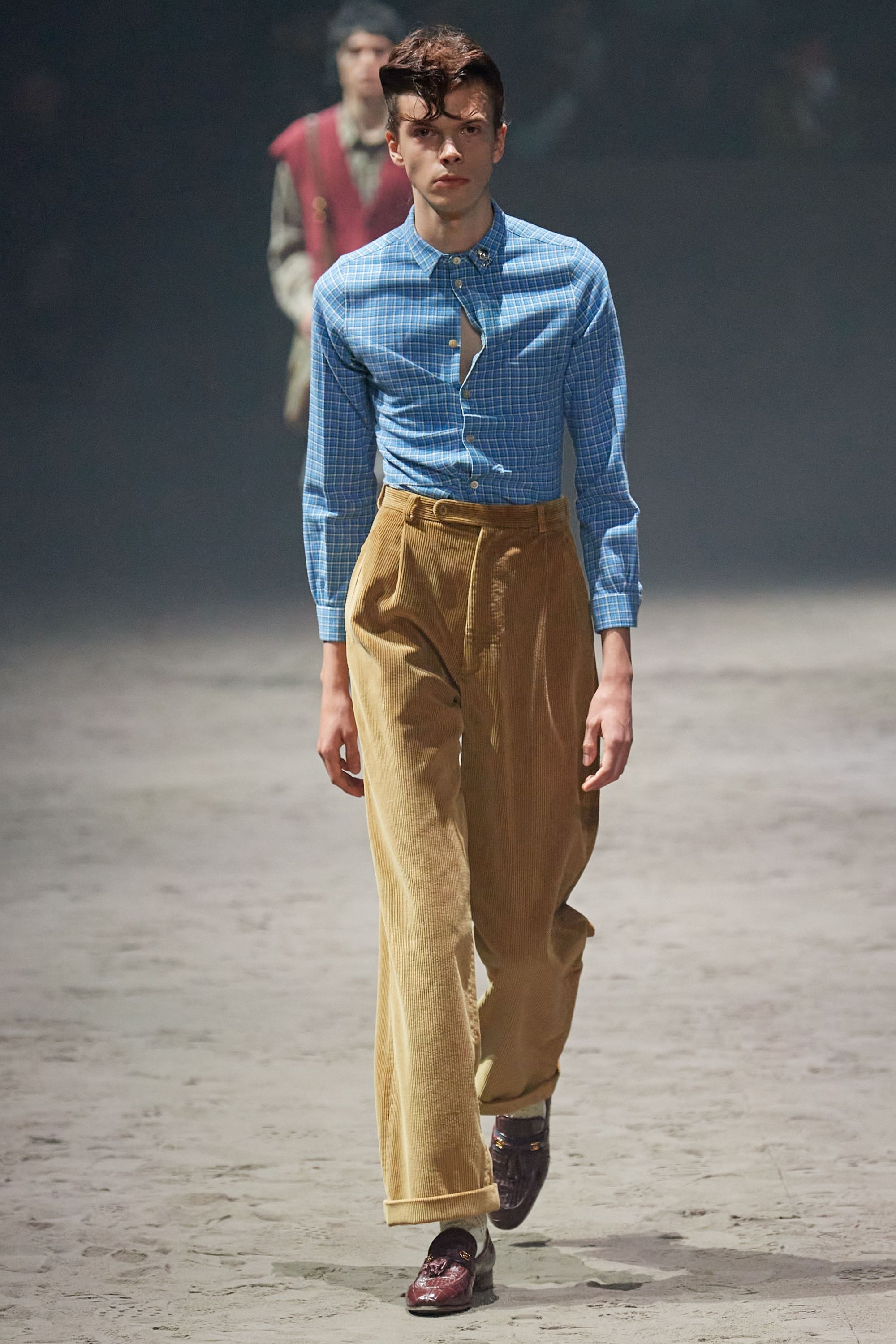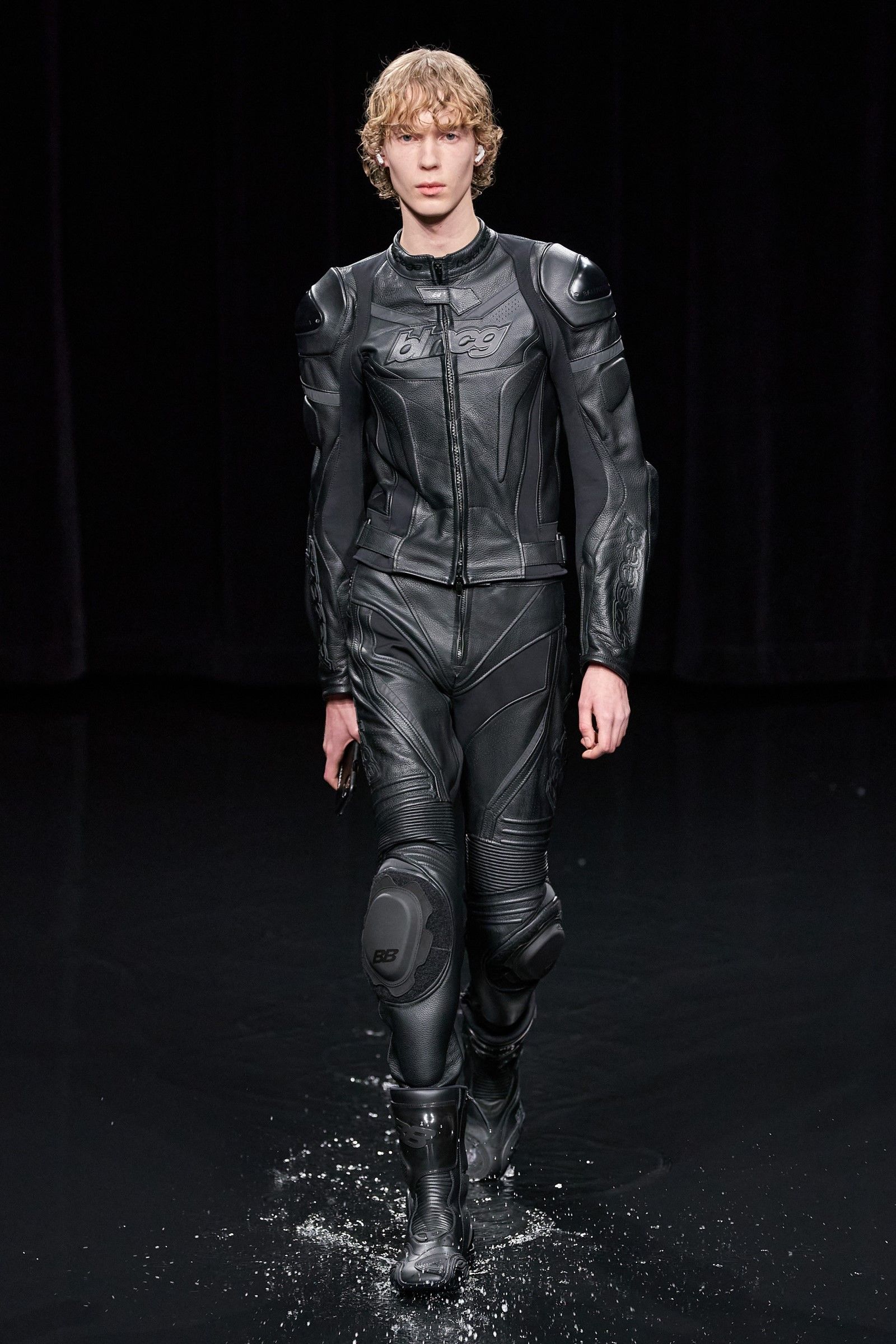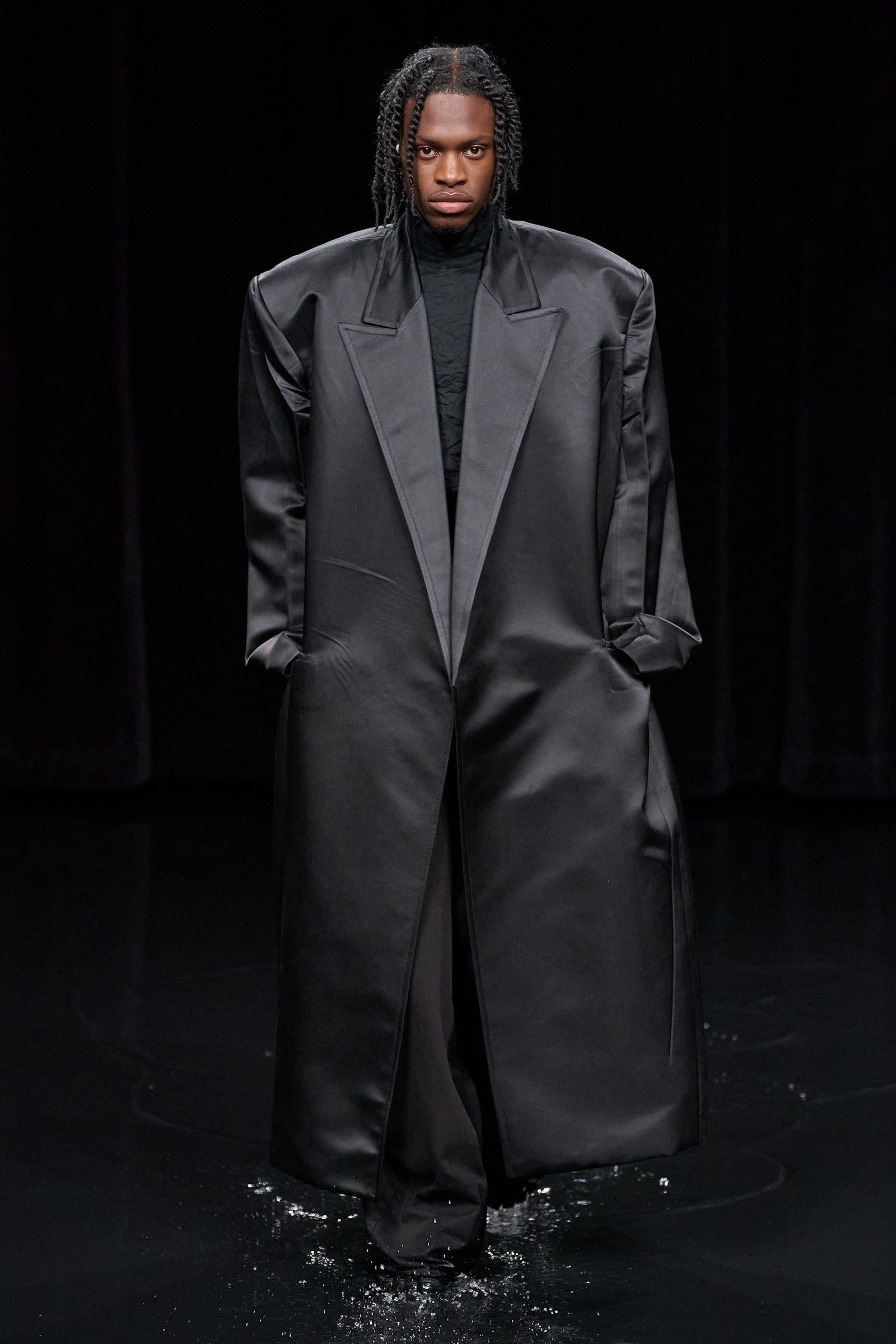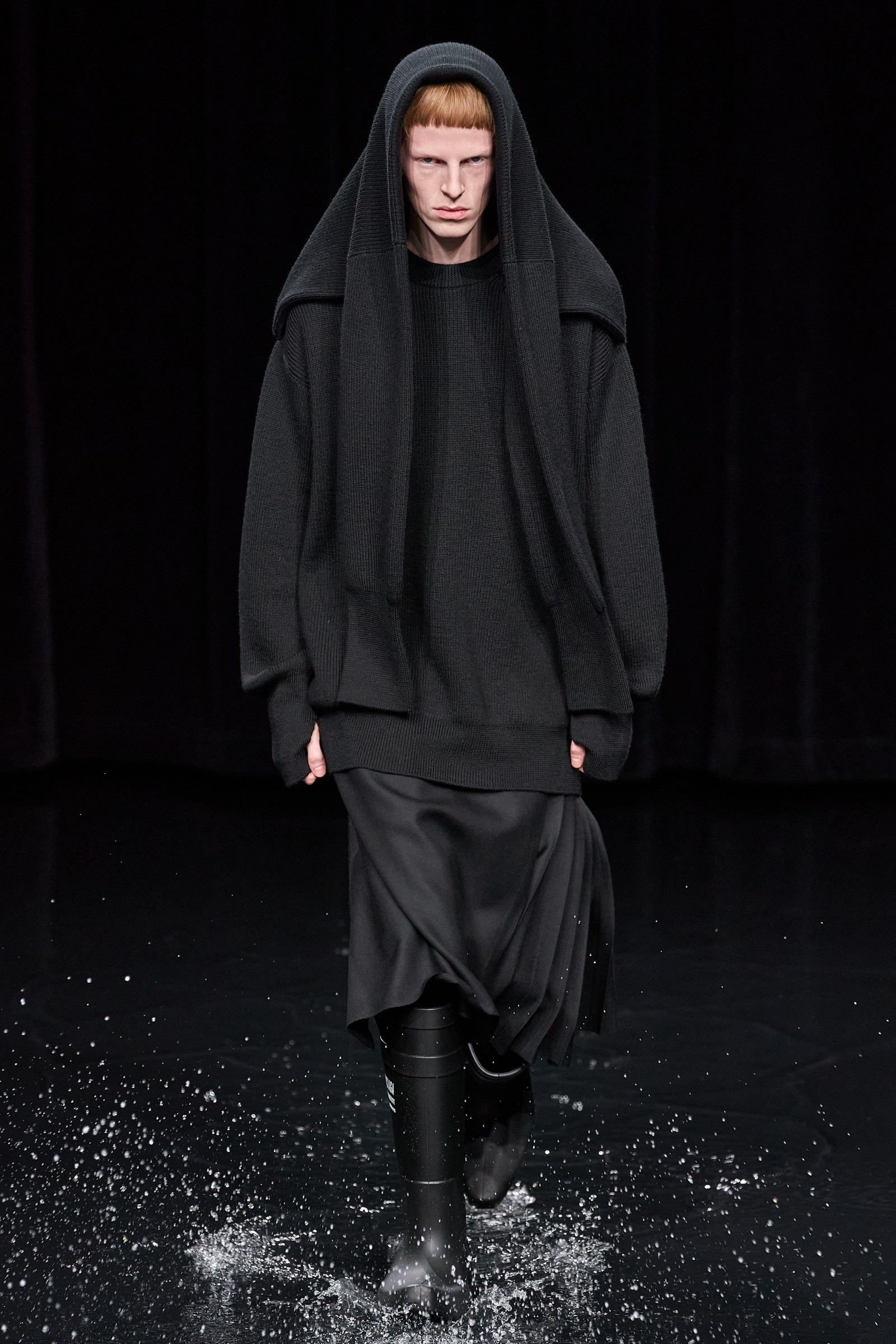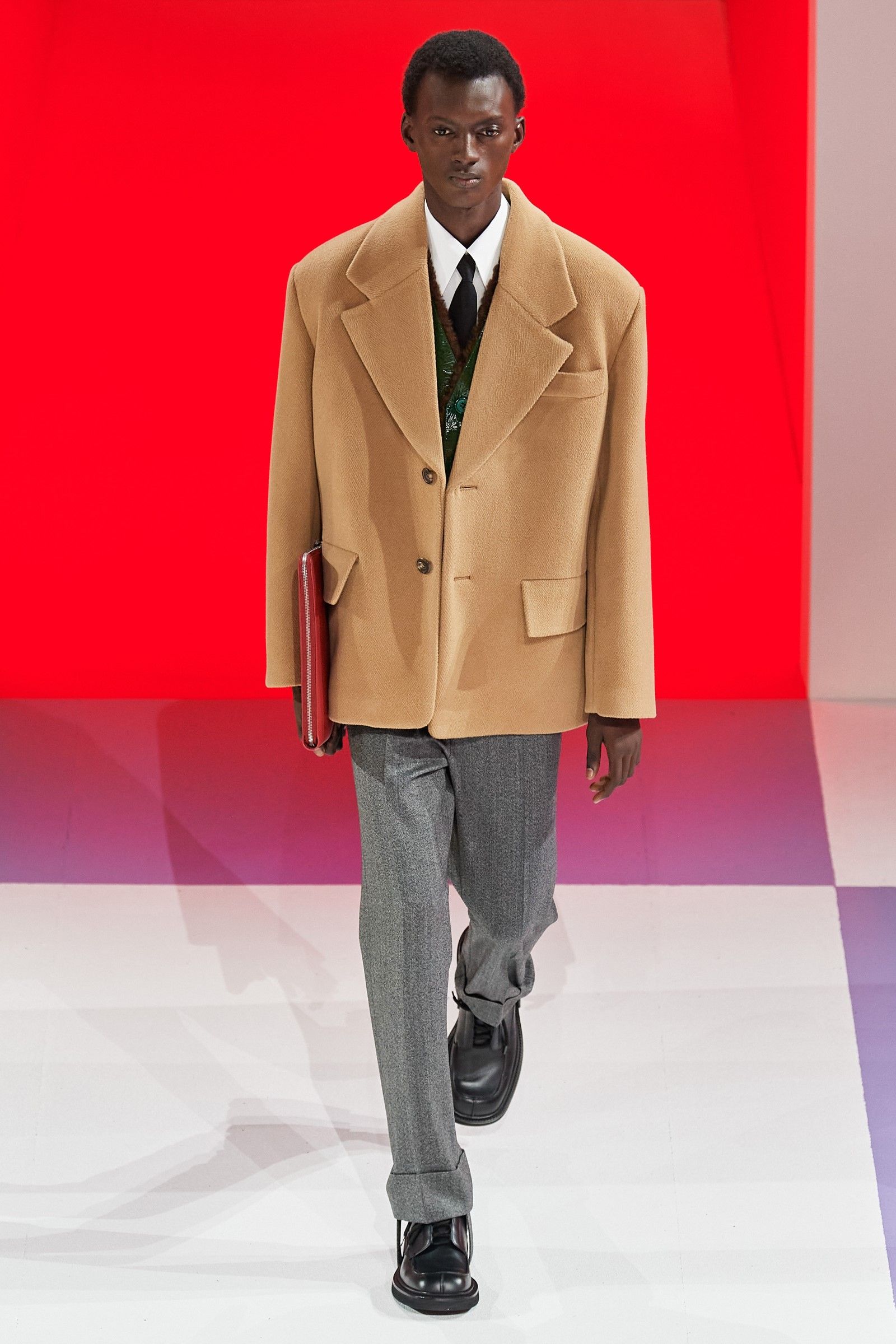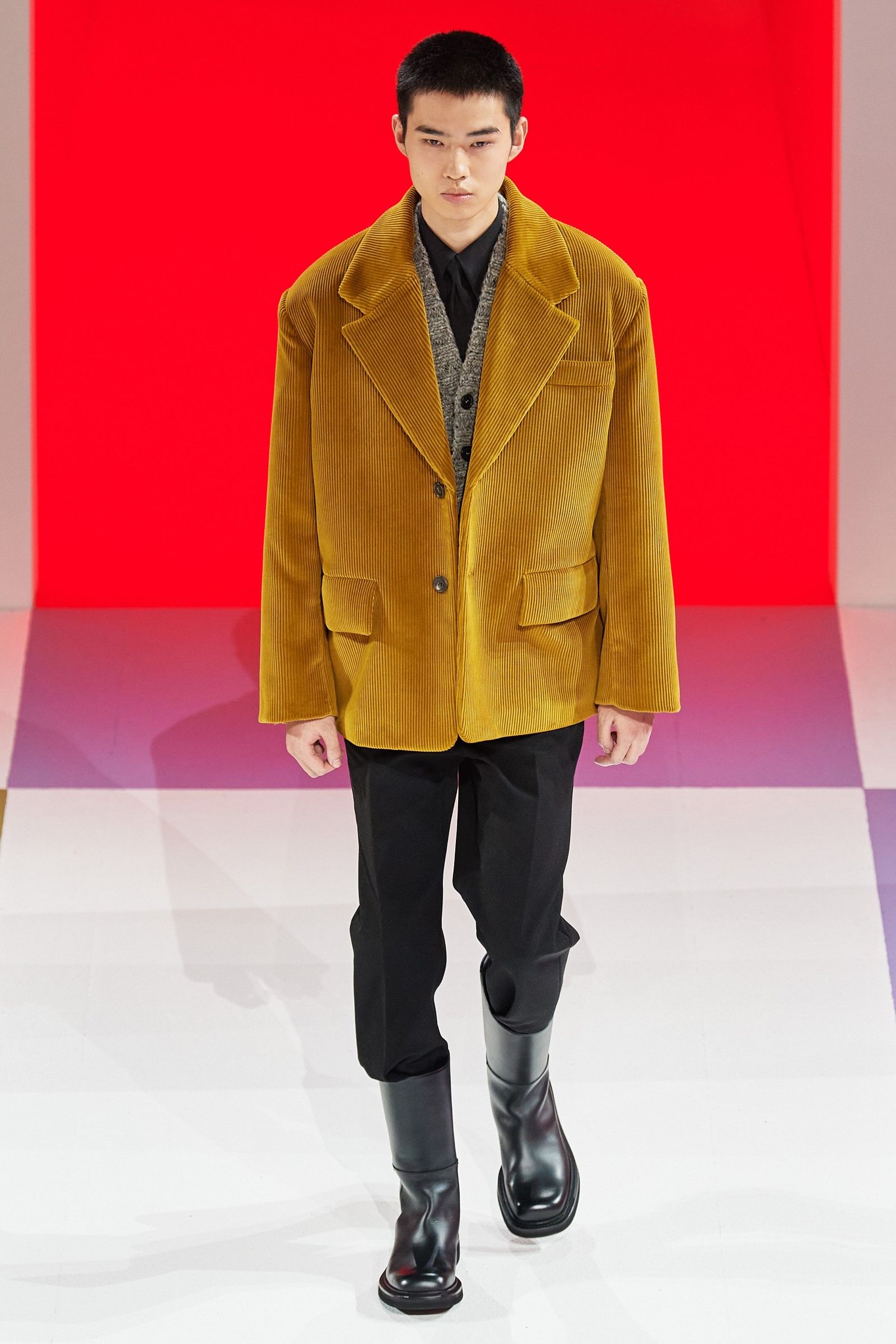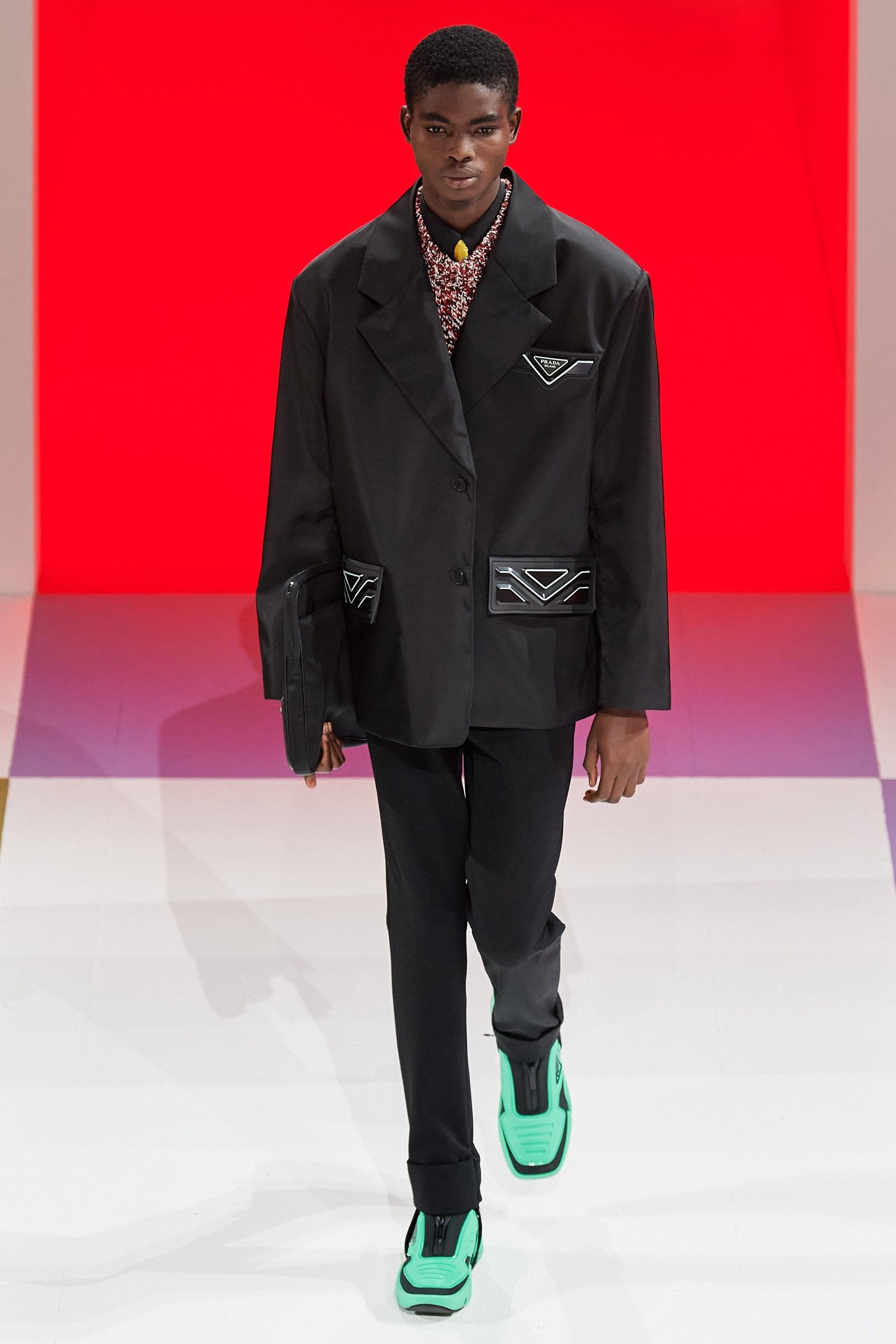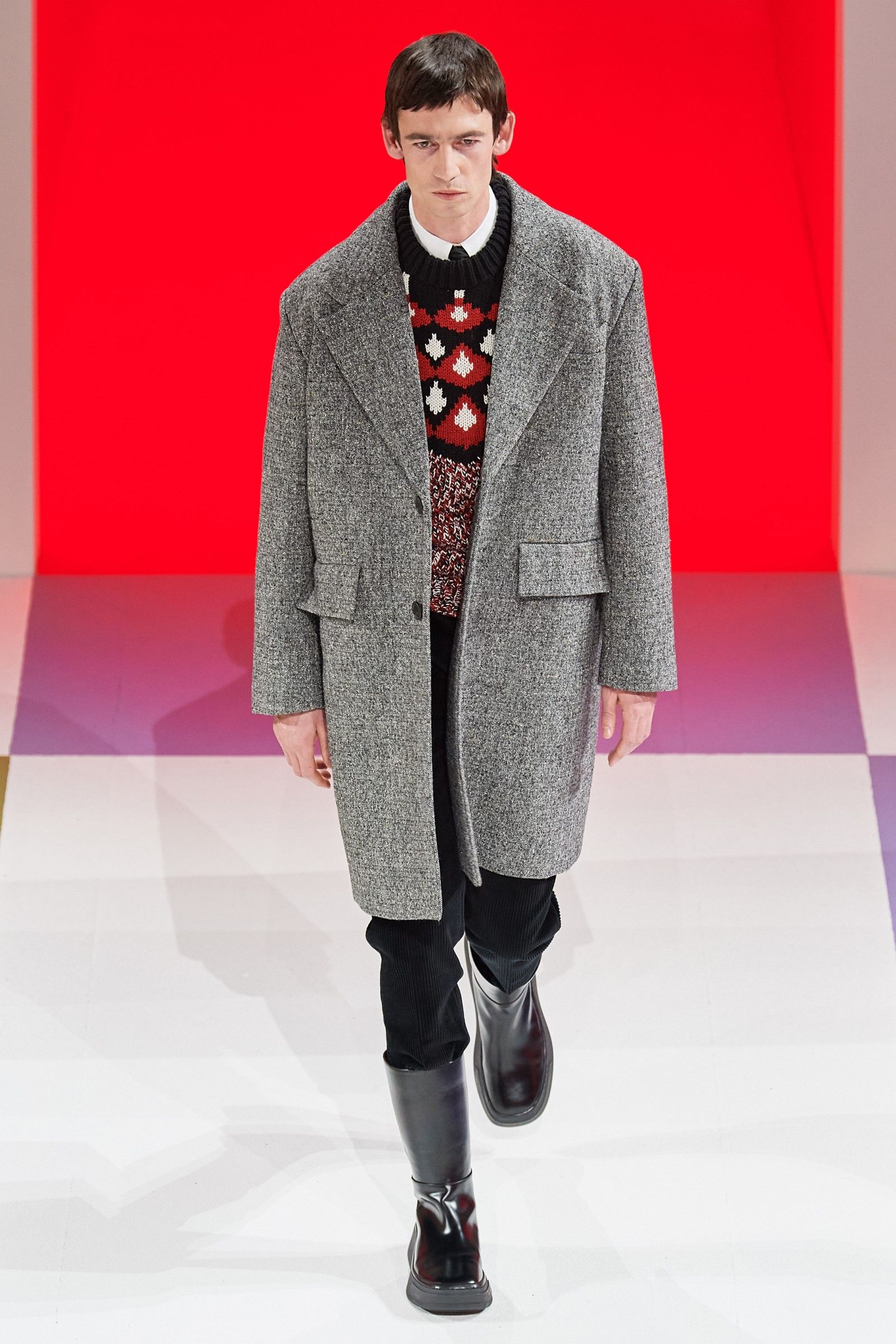
How do fashion seasons work? The contradictions of a system that many would like to abandon
The coronavirus pandemic, with the crisis in the fashion industry that has taken its back, has prompted many designers to criticize the model of seasonality in fashion. The current calendar of fashion shows, orders and production is a complex mechanism, modelled on the needs of the many parts that make up the industry, who sells, who produces and who buys. Its main purpose is commercial: to present the collections to buyers, to produce them industrially and to get them to retailers according to the most structured, efficient and synchronized schedule possible. The whole process has a very tight pace: industrial production continues throughout the year, as well as design processes and distribution, following a calendar divided into two main and two secondary seasons. To give a concrete example of how the fashion calendar works, you can analyze the path followed by the SS20 collections currently on sale in stores.
The life cycle of a fashion collection
Work on the SS20 collections that arrived at the shops between January and February this year actually began between March and May of the previous year. This is the first creative phase, where research is done, textiles are bought and suppliers paid. In the summer months that follow, prototypes and samples are made and the fashion show is being prepared for the fashion week in June. The collection that buyers and journalists will see on the catwalk is not the same as it will arrive in the shops. Of the models seen on the catwalk, buyers will select in showrooms those with the highest commercial potential that will enter production and finally arrive at retail. The period that follows the fashion week is the one in which the sales campaign takes place: it is another onerous period for agents and buyers who have to move between fairs, meetings and showrooms to place their orders. After the orders have been acquired, the production phase will begin, which will last for the winter months. Between the end of January and the beginning of March, the spring and summer clothes will then arrive in stores.
The result of all this is that retail seasons are ahead of those of the year. In fact, the clothes of Spring/Summer are presented in September of the year before and arrive in stores the following February, in the cold season. The autumn merchandise arrives in stores in summer, the spring merchandise in winter. Discounts proceed accordingly, with the SS20 being discounted as early as July and the FW20 already depreciating in February. This is exactly what Armani complained about in his open letter:
“I find it absurd that, in the middle of winter, one can only find linen dresses in the shops and alpaca coats in the summer, for the simple reason that the desire to purchase must be satisfied immediately. Who buys an item to put it in the closet waiting for the right season?”
The pre-collections
The collections overlap even more when considering the intermediate seasons: Pre-Fall and Resort/Cruise. These too were pointed out by Armani in his letter as the main cause of the overload to which the fashion industry is subjected. Resort pre-collections arrive in stores after the Autumn/Winter merchandise has gone on sale but before the Spring/Summer collection has been delivered to retailers. These collections are considered "minor", have a more commercial purpose and are often a pretext for brands to organize fashion shows in locations other than the mandatory catwalks of fashion capitals. Originally they were called Resort or Cruise because they were created for those wealthy customers who visited exotic countries or went on a cold season cruise – but now they have come to include winter items as well for the simple fact that their offer is aimed at an international audience (especially Chinese, Russian and Arabic) that dresses for different temperatures than the European ones for which the system was invented.
With four collections a year and a cycle of design, production and distribution in perpetual movement, brands are forced to create new products throughout the year. This, in turn, results in an overproduction of clothes that retailers are forced to dispose of through large discounts applied only a few months after the goods arrived in the store - with the effect that the customer who paid a high price for their boss finds it depreciated even half four months later. A phenomenon against which Dries Van Noten and another group of designers and buyers have lashed out, demanding that the present retail crisis become an opportunity to curb the rhythms of the current production cycle and return to a slower fashion and a longer-lasting type of product, both materially and aesthetically.











